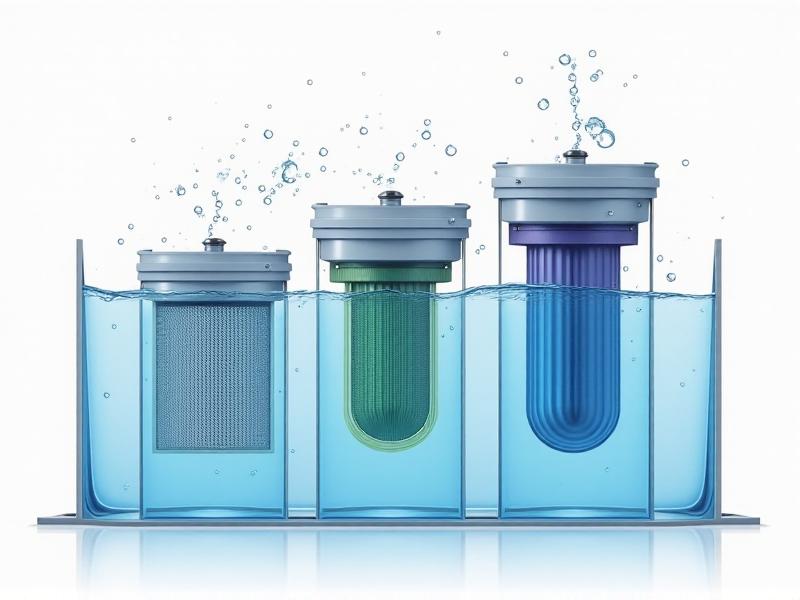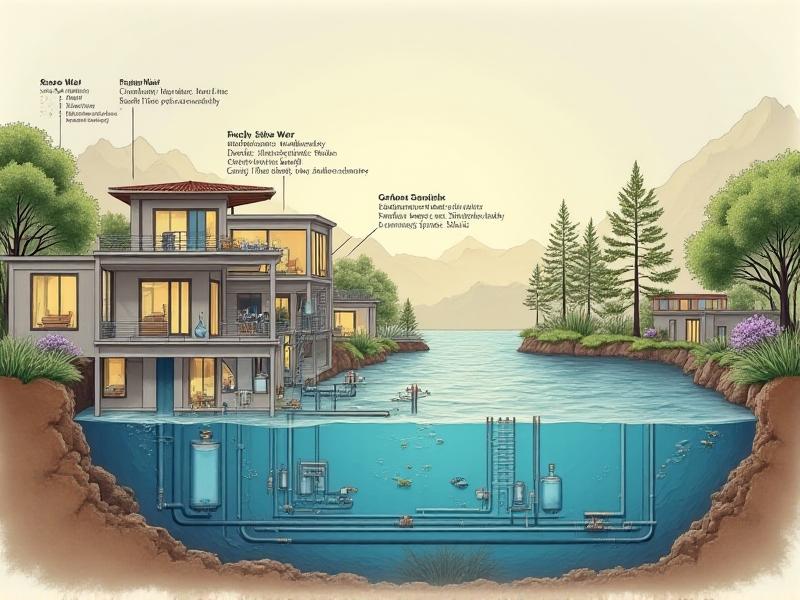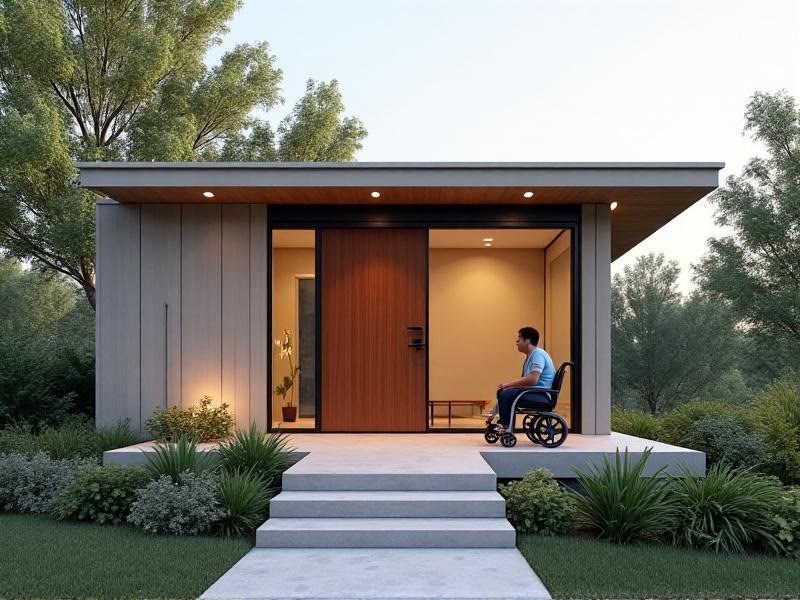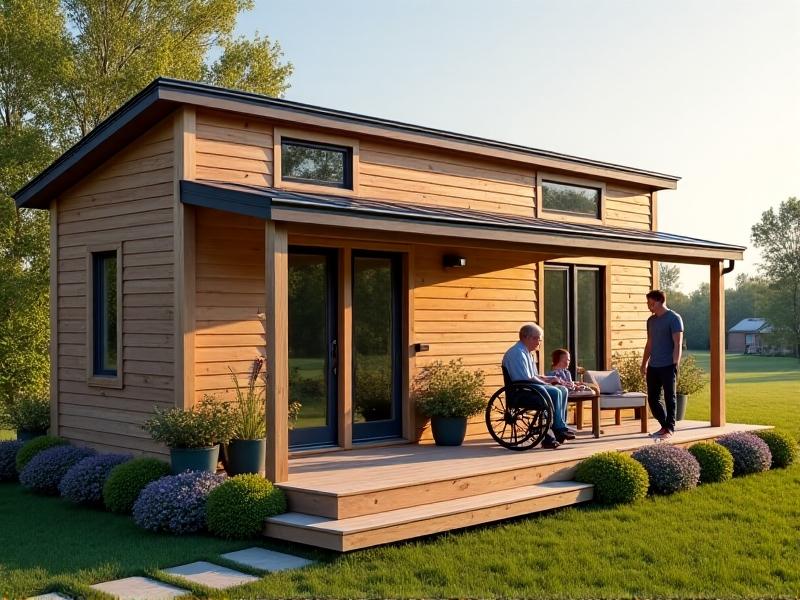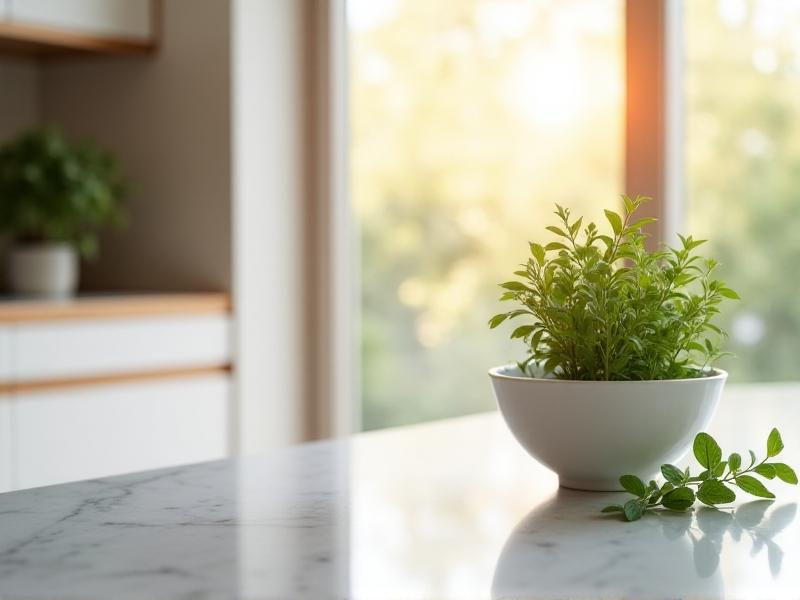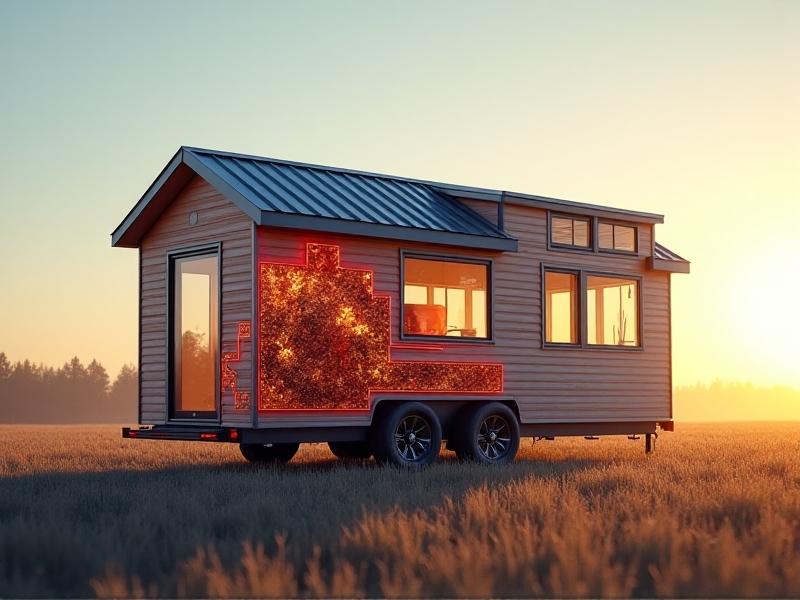Tiny Home Waste Management Protocols
Understanding Waste Streams in Tiny Homes
Living in a tiny home demands a meticulous approach to waste management due to limited space and resources. Unlike traditional homes, tiny homes generate waste in three primary categories: blackwater (sewage from toilets), greywater (from sinks and showers), and solid waste (packaging, food scraps, etc.). Each stream requires tailored solutions to minimize environmental impact and ensure compliance with local regulations. For instance, blackwater management often involves composting or incineration toilets, while greywater can be filtered and reused for irrigation. Solid waste reduction hinges on conscious consumption and recycling practices. By categorizing waste, tiny home dwellers can implement systems that align with their sustainability goals.
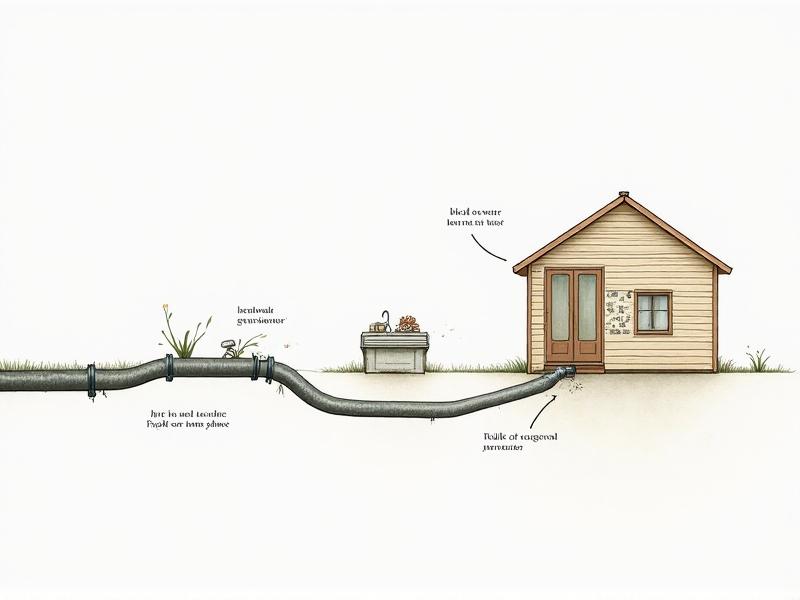
Composting Toilets: A Core Component
Composting toilets are a game-changer for tiny homes, eliminating the need for septic systems while converting human waste into nutrient-rich compost. These toilets use aerobic decomposition to break down waste, often incorporating peat moss or coconut coir to absorb moisture and neutralize odors. Models range from self-contained units to central systems that separate liquids and solids. Regular maintenance, such as rotating compost chambers or adding bulking agents, ensures efficiency. Some states require permits for composting toilets, so researching local laws is critical. Beyond practicality, these systems empower residents to close the loop between waste and resource, fostering a circular economy mindset.
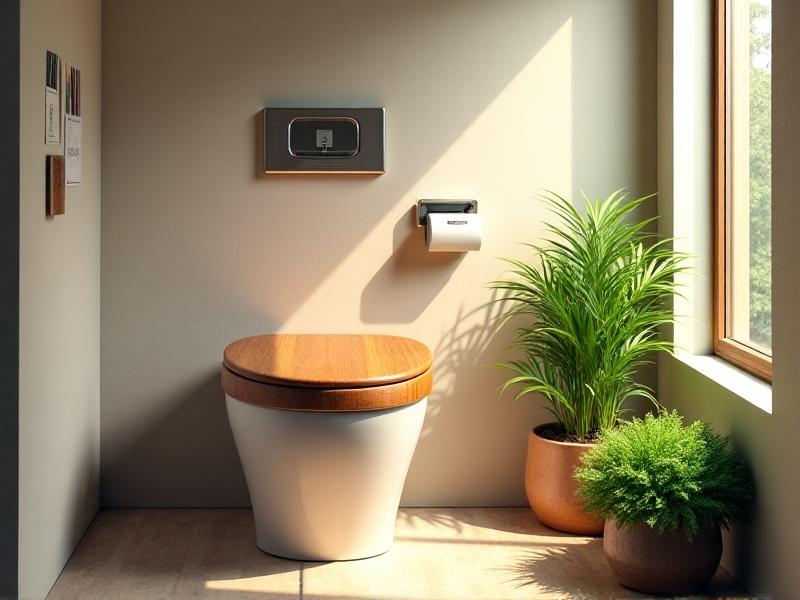
Water Conservation and Greywater Systems
Tiny homes often rely on finite water supplies, making conservation essential. Low-flow faucets, showerheads, and dual-flush toilets reduce consumption, while greywater systems redirect used water from sinks and showers to irrigate gardens. Simple setups involve diverting water to mulch basins, where soil microbes filter impurities. Advanced systems include sand filters or constructed wetlands for higher purification. Legal restrictions on greywater reuse vary; some regions allow it for subsurface irrigation, while others require permits. Pairing these systems with drought-resistant plants creates a self-sustaining landscape that thrives on recycled water.
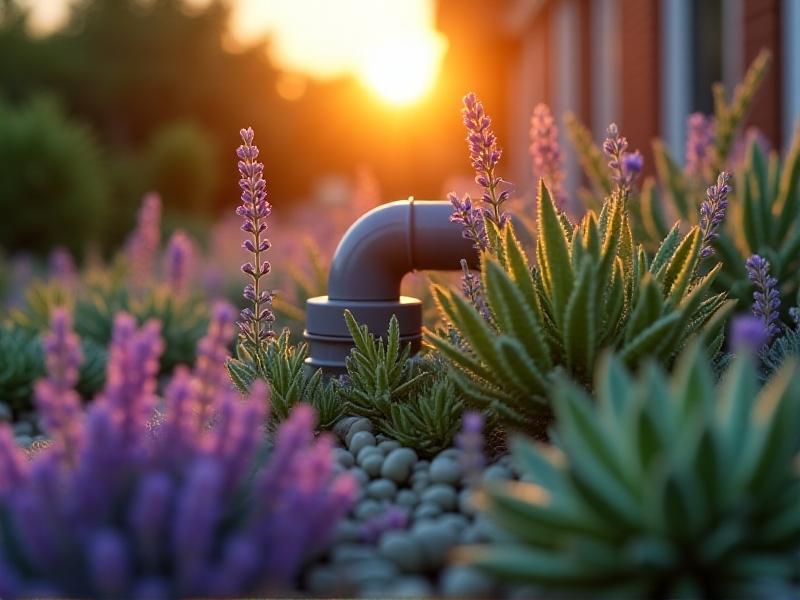
Strategies for Reducing Solid Waste
Tiny home residents often adopt zero-waste principles to curb landfill contributions. Bulk buying with reusable containers, composting food scraps, and repurposing materials like glass jars or pallet wood are common practices. Creative upcycling—turning shipping crates into furniture or denim into insulation—reduces both waste and expenses. Digital tools like community swap apps help redistribute unwanted items. The key is designing a "waste hierarchy" mindset: prioritize refusal, reduction, reuse, then recycling. This approach not only decluters physical space but also aligns with minimalist living philosophies.
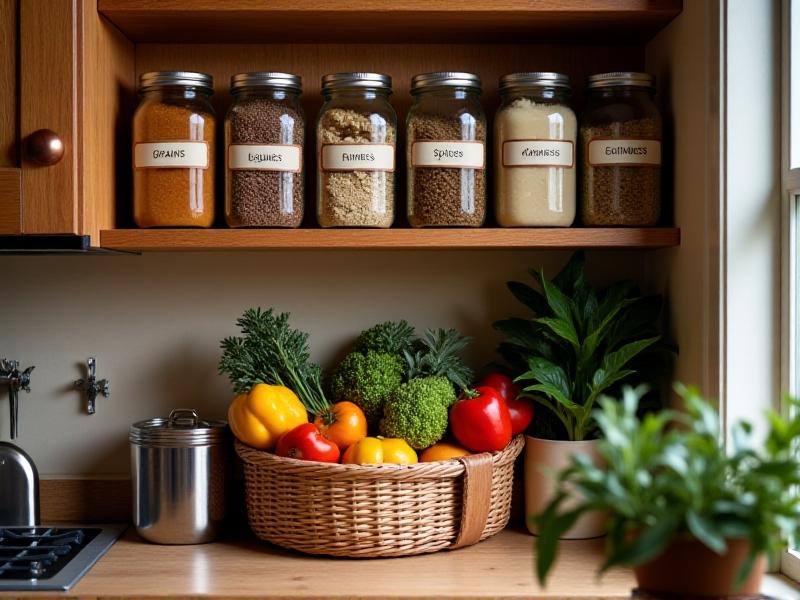
Managing Hazardous and Electronic Waste
Batteries, cleaning chemicals, and old electronics pose unique challenges in tiny homes due to their toxicity. Residents must identify local drop-off points for hazardous waste and prioritize non-toxic alternatives, such as vinegar-based cleaners or rechargeable batteries. For e-waste, refurbishing devices or participating in manufacturer take-back programs prevents heavy metals from leaching into ecosystems. Storing hazardous materials in clearly labeled, airtight containers reduces accident risks. Education is vital—many communities host workshops on safe disposal practices tailored to tiny home dwellers.
Collaborative Solutions and Community Resources
Tiny home communities often pool resources to manage waste collectively. Shared composting hubs, tool libraries, and bulk purchasing cooperatives reduce individual burdens. Online platforms like Tiny House Waste Exchange connect users with surplus materials, from lumber to fixtures. Advocating for policy changes—such as recognizing tiny homes in building codes—can improve access to municipal waste services. By fostering collaboration, tiny home dwellers turn waste management from a solitary task into a community-wide ethos of sustainability.

